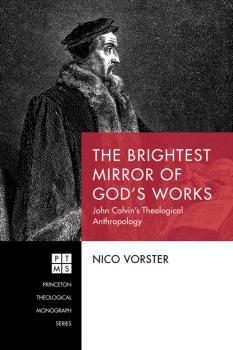Nico Vorster
Список книг автора Nico VorsterThe Brightest Mirror of God’s Works
John Calvin's perspectives on the nature, calling, and destiny of the human being is scattered all over his extensive corpus of writings. This book attempts to provide an accurate account of the main theological motifs that governed Calvin's doctrine on the human being, while keeping in mind variable factors such as the historical development of Calvin's thought, the pastoral and often unsystematic orientation of his theology, and the formative impact doctrinal controversies had on his thoughts. The contribution focuses specifically on Calvin's understanding of the created structure of the human being, her sinful nature, the human being's union with Christ, the limits of human reason, the anthropological roots of human society and gender. The primary aim is to make the original Calvin speak. But the contribution also addresses some of the most recent debates on Calvin's theology and identifies those impulses in his theological anthropology that bear potential for modern reflections on human existence. Like most of us, Calvin was a child of his time. However, his intellectual legacy endures and readers may well find his thoughts on the human being surprisingly refreshing and stimulating for modern anthropological and social discourses.
Created in the Image of God
What does it mean to be created in the image of God? How can the existence of evil be explained if we believe in a good and loving God? What is the precise meaning of the notion of original sin? How can God transfer the guilt of humanity to one innocent individual, or should we rather dispense with the notion of penal satisfaction? The first part of Created in the Image of God grapples in a concise manner with these and other elusive and controversial theological and anthropological issues. The second part proceeds to address societal issues that relate to dignity, equality, and freedom. How can human dignity and the dignity of the environment be reconciled? Are the values of freedom and equality natural enemies? When does theology become a tool of oppression? How should we evaluate neo-liberalist economic theory after the greatest recession since the Depression? This book cautiously attempts to provide some answers that might help modern society to re-invent itself in a tumultuous age.

